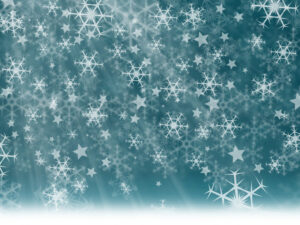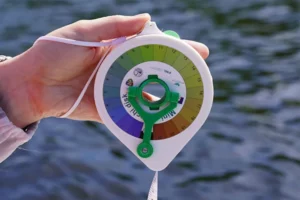Grade 8 - Our Changing World
SUMMARY
An 8-9 Week Unit for Middle School Level
This unit is designed for eighth grade, but could be adapted for grades 6-8. Students learn how changes in physical environments affect our ecosystems by investigating how sea ice is changing over time and how melting glaciers affect stream flows, erosion, and habitats for fish and wildlife. They participate in a WebQuest to explore how a warming climate might affect life in the Bering Sea. Students then take a close look at changes in their local environment by interviewing long time residents and observing repeat photographs of the local landscape. Finally they create a digital story to share the potential effects of a warming climate with others.
Essential Questions
- How do changes in physical environment affect our ecosystems?
- What impacts will a warming climate have on Alaska Seas and Watersheds?
Enduring Understandings
- Climate patterns cause physical changes in the environment.
- Physical changes in the environment can change the conditions for life.
- Science and technology can be used to detect and solve problems.
Ocean Literacy Principle Addressed
- The Earth has one big ocean with many features.
- The ocean supports a great diversity of life and ecosystems.
- The ocean and humans are inextricably interconnected.
LESSON PLANS

Arctic Sea Ice Data
This 5-6 day investigation challenges students to think about how sea ice is changing and the effects of a warming climate on sea level in Alaska.
View Lesson Plan
Changing Landscape
Changing Landscape asks students to analyze “repeat photographs” (taken from the same vantage point at different times) of Alaska glaciers to observe the effects of retreating glaciers on the landscape.
View Lesson Plan
Location: Classroom
Activity Type: Hands-On, Multimedia

Glacier Game
Review the effects of retreating glaciers and increasing stream flows and erosion on river, coastal, and ocean ecosystems.
View Lesson Plan
Transparency/Turbidity
Students construct a mini Secchi disk to investigate transparency and the effects of increased turbidity from the increased flows as glaciers melt on aquatic and marine ecosystems.
View Lesson PlanAUTHORS
Derek Bynagle, Kenai Peninsula School District
Linda Casassa, Kuspuk School District
Brenda Papoi, Sitka School District
Carol Scott, Fairbanks Northstar Borough School District
Stephanie Hoag, Curriculum Consultant, Juneau
Marilyn Sigman, Science Content Specialist
Marla Brownlee, Alaska Sea Grant
